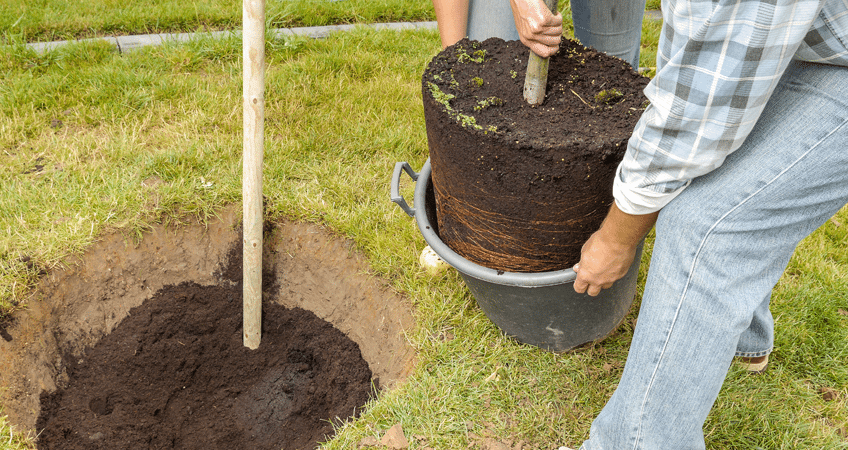Spring is the perfect time to give your lawn some TLC after the harsh winter months. Here are some steps to help get your lawn ready for spring:
- Rake the lawn: Start by removing any debris from the lawn such as fallen leaves and twigs. Use a lawn rake to clear the debris and to also remove any thatch, which is a layer of dead grass and leaves that can build up over time. Removing thatch helps to improve the health of your lawn.
- Aerate the lawn: Aeration involves making small holes in the soil to allow water, air, and nutrients to reach the roots. This can be done using a lawn aerator or a garden fork. Aerating your lawn once a year is recommended to improve soil health.
- Fertilize the lawn: A spring fertilizer application can help to promote healthy growth and boost the overall health of your lawn. Choose a fertilizer specifically designed for spring and follow the manufacturer’s instructions for application.
- Overseed bare spots: If there are bare spots in your lawn, overseeding can help to fill them in. This involves spreading grass seed over the bare areas and covering it with a thin layer of soil or compost. Keep the seeded area moist until the grass has germinated and established.
- Weed Control: It is best to get an early start on dealing with weeds in the lawn. Prevention is easier, and usually cheaper, than dealing with an infestation.
- Mow the lawn: Start mowing your lawn once it reaches a height of about 3 inches. Your mower height should be set based on the type of grass you have. Keep the mower blade set high to avoid scalping the grass, which can weaken the roots and make the lawn more susceptible to disease. Gradually lower the mower height as the grass grows.
- Water the lawn: Regular watering is essential for a healthy lawn, especially in the spring when the grass is starting to grow. Make sure to water deeply and infrequently to encourage deep root growth, rather than surface roots.
- Control weeds: Spring is also a good time to control weeds, before they get a chance to establish and spread. You can either hand-pull weeds or use a weed killer, but be sure to read and follow the manufacturer’s instructions.
- Repair damaged areas: If your lawn has suffered any winter damage, such as from snow mold or frost heaving, now is the time to repair it. Rake the damaged areas to remove any dead grass, then reseed or lay new sod as needed.
- Check and adjust irrigation: Make sure your irrigation system is in good working order before you start using it. Check for leaks and make any repairs as needed. Make sure the system is set to water at the right times and for the right duration to avoid over- or under- watering.
- Clean up garden beds: Clean up garden beds by removing any dead foliage and debris, and mulching the beds to help retain moisture and suppress weeds.
- Plant spring flowers: Consider planting spring flowers such as daffodils, tulips, or hyacinths to add some color to your yard. Be sure to plant them in a well-drained area and water them regularly.
These are just a few items you can get started with to get your lawn ready for spring and enjoy a lush and healthy lawn all season long. With a little effort and attention, you can transform your lawn into the envy of your neighborhood. Getting your lawn ready for spring requires some preparation and maintenance, but the end result is a beautiful and healthy lawn that will provide you with enjoyment all season long. Whether you tackle the work yourself or hire a professional, taking the time to properly care for your lawn in the spring will pay off in the long run.

